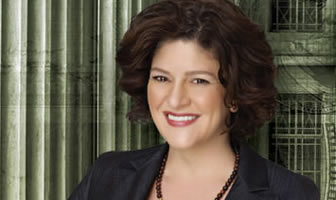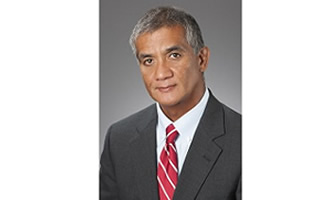Karen P. Kimmey is our latest Featured Speaker
Karen P. Kimmey of Farella Braun + Martel LLP is our latest Featured Speaker!
Karen is a trial lawyer and partner with Farella Braun + Martel’s Business Litigation, Insurance Converage and Intellectual Property Litigation Groups. She hass successfully handled nine bench and jury trials and arbitrations and has spent over 400 hours in the courtroom trying cases. Karen also has experience in all aspects of intellectual property litigation representing clients in the biotechnology, software, hardware and entertainment industries.
Karen will be speaking at our upcoming Superior Court Boot Camp on October 14th in San Francisco. As you can see she is the perfect person to teach this subject! You won’t want to miss hearing from her. In addition to her impressive credentials Karen is always a fantastic teacher and presenter – we couldn’t do this program without her! Past attendees describe Karen as “Very clear and consise” and “Very engaged and enthusiatic.”






